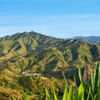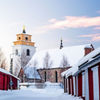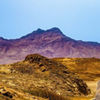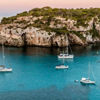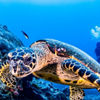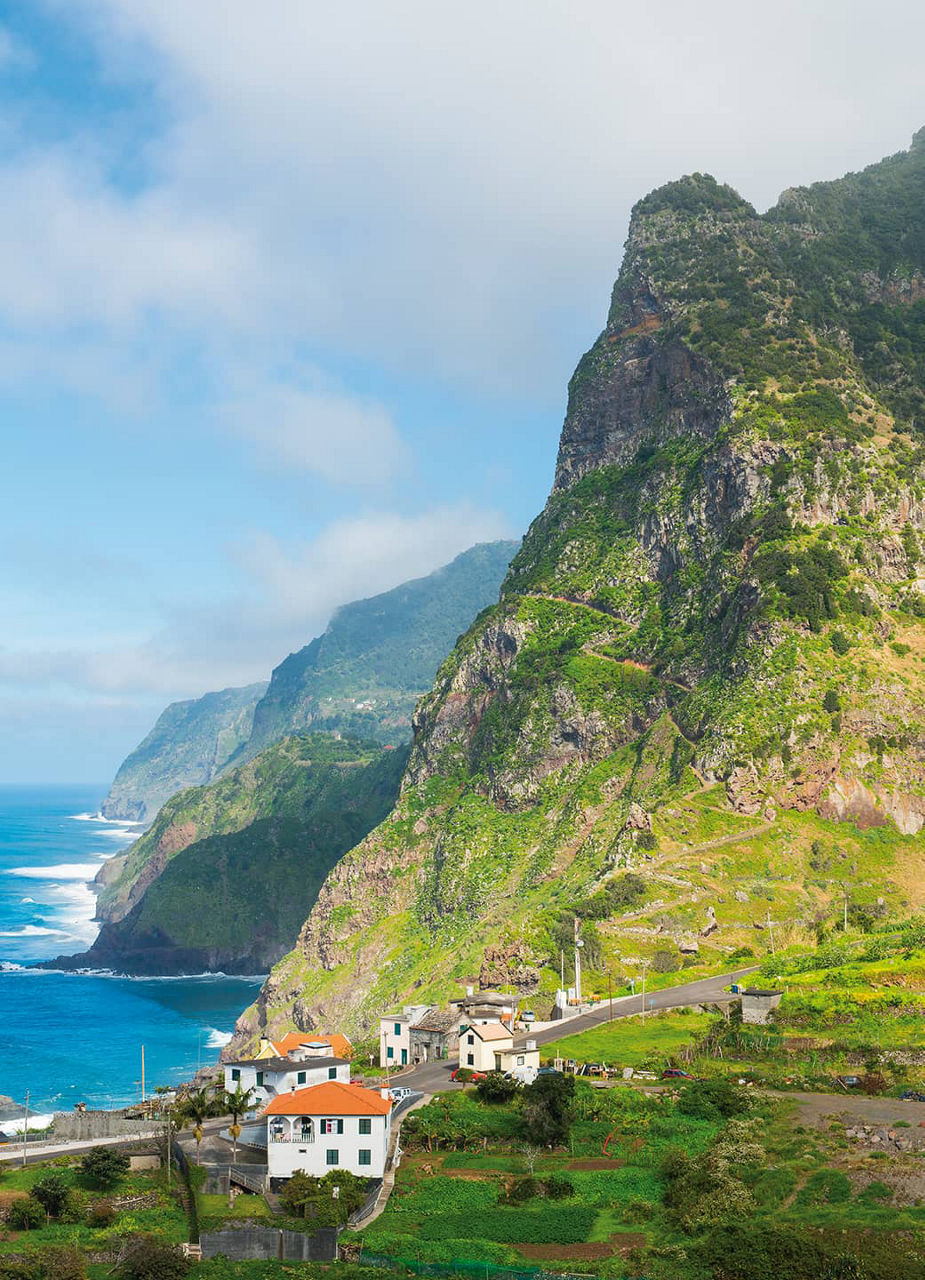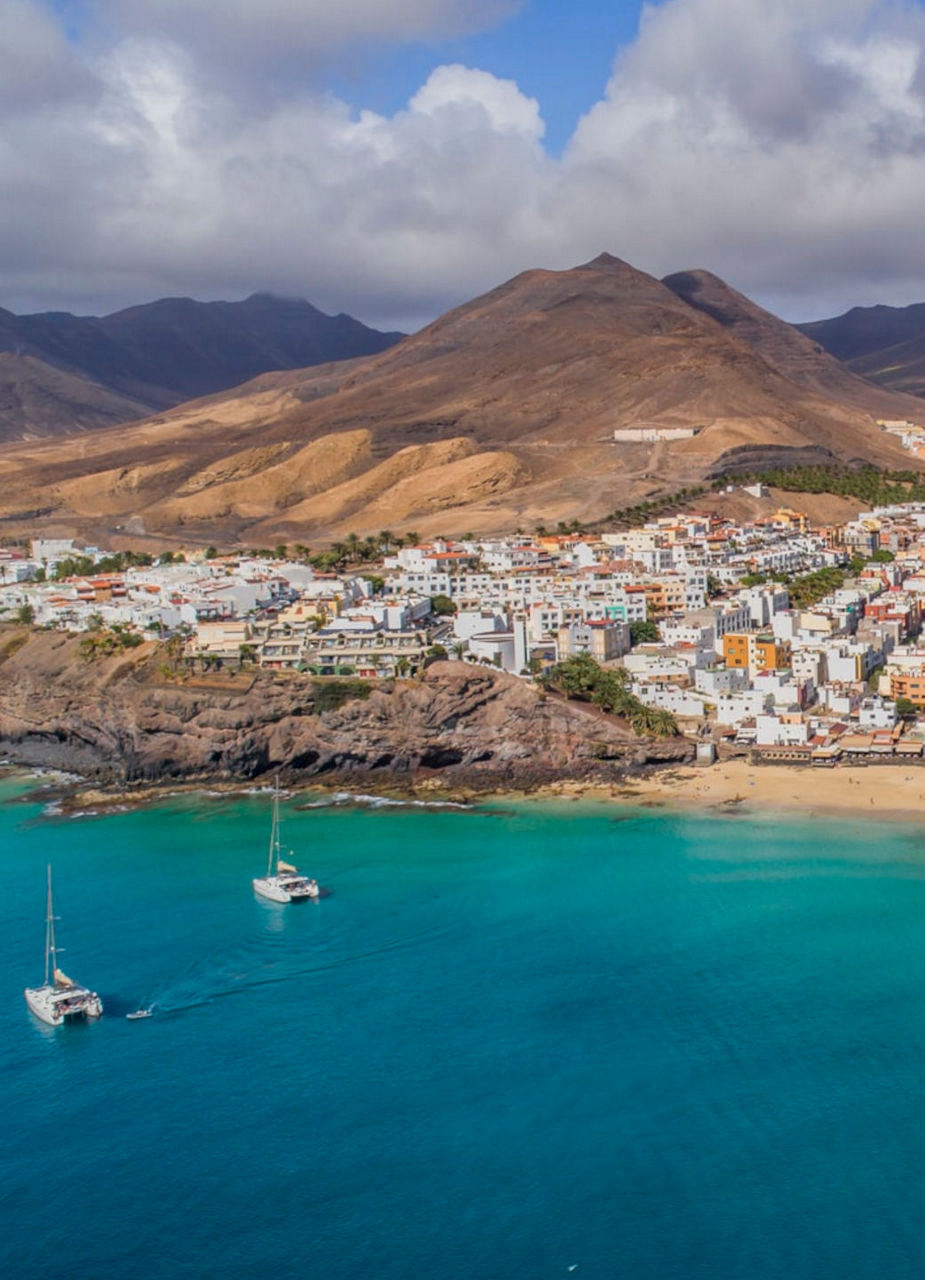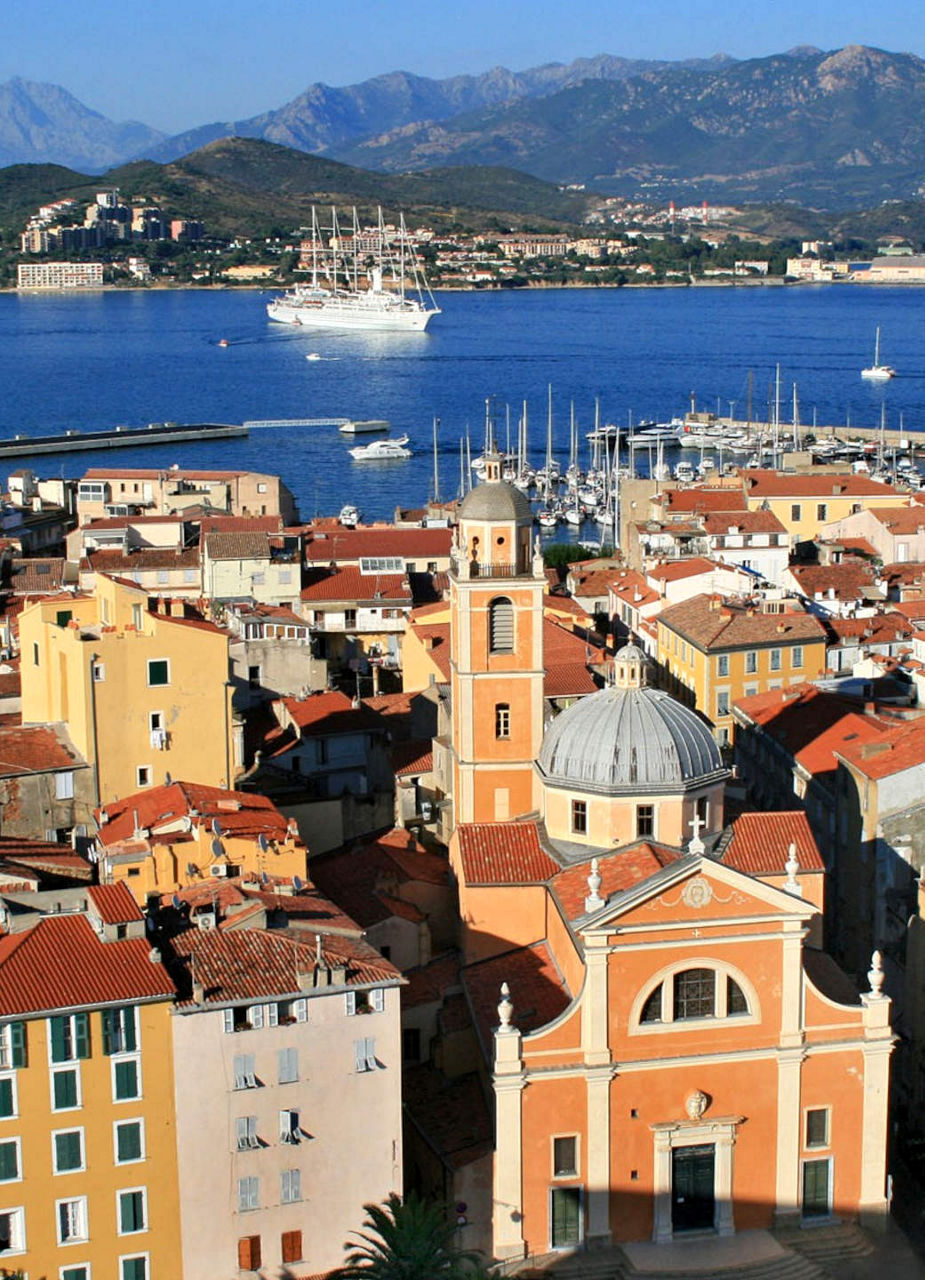
The highlights of Terceira: cultural and natural attractions on the Azores island


A stroll around the farmers’ market, Duque de Bragança
Colourful fruits and vegetables tower at the stands of the Terceira farmer’s market. Local craftsmanship, seafood and groceries are packed side by side here in the centre of the capital Angra do Heroísmo. From Monday to Saturday, visitors can get to know and taste typical Azores specialities such as “Queijo da Ilha”, or island cheese. If you prefer food in a restaurant rather than cooking for yourself when on holiday, you will find many restaurants near the market where you can also get to know the regional delicacies.

Up high: the Serra do Cume
The Serra do Cume is the remains of a crater edge on Terceira. With a diameter of 15 kilometres, it is considered one of the largest volcanic craters in the Azores. Several hiking trails of differing lengths run across the volcano ridge, with views of the east coast and the surrounding valleys. The top is located about 545 metres above sea level and leads to the “Miradouro da Serra do Cume” vantage point. It offers a breathtaking panorama over the patchwork carpet of green pasture landscapes that are characteristic of the biggest “dairy region” on the island.


Colourful hustle and bustle in Angra do Heroísmo
Narrow alleyways and brightly-coloured façades define the image of the oldest city in the Azores, which bears the proud name of the “Bay of Heroism”. Cobblestones lead through the chequerboard-like streets, past traditional restaurants and small local shops. Back in 1983, Angra do Heroísmo was declared a UNESCO World Heritage Site. The history of this once-major port city is reflected in the numerous attractions: magnificent churches, fortresses and the Franciscan monastery are all within walking distance, telling the story of life on the Azores many centuries ago.

Jump into cold water: Biscoitos’ natural pools
You can dive into natural pools in Biscoitos. Surrounded by black lava rock, pools of crystal-clear water have formed there after several volcanic eruptions 4,500 years ago, some of which are directly connected to the sea. The huge cliffs made of lava rock serve as a springboard into the waves of the Atlantic Ocean for adventure seekers. Before, after, and in-between your swims, you can explore the surrounding vineyards. The Biscoitos region is known for its wine production, especially for the medium-dry Verdelho wine (not to be confused with Verdejo).


Steaming swamps: Furnas do Enxofre
The volcanic activity of the island of Terceira is clearly visible in the Furnas de Enxofrente. Sulphuric vapours measuring up to 95°C rise from the numerous fumaroles. This permanent gas leak turns the surrounding rocks red, and with the exception of the moss surrounding the leaks, little vegetation has remained. A wooden path passes the springs at a safe distance for an approximately 15-minute walk through the unique landscape of this nature reserve. People with sensitive noses, watch out: the vapours emit a very strong odour.

The Christmas miracle of the Azores: Gruta do Natal
In the nature reserve of Serra de Santa Bárbara, the steps in the walls of this old, inconspicuous stone house lead down into the “Gruta do Natal”. Today, the path of the original lava flow leads through the cave, which is almost 700 metres long and lies largely underneath the Lagoa do Negro lake. Translated, the name means the Christmas Cave. This name has existed since 25 December 1969, when the site was first opened up to the public. Since then, fairs have been held there every year during the Christmas season.


On the cliffs of Ponta do Queimado
Ponta do Queimado is the westernmost point of Terceira, originally created and shaped by a volcanic eruption in 1761. Steep cliffs up to 100 metres high, picturesque bays and hidden sea caves are the hallmarks of the landscape today. Right in the middle, a narrow stone path leads directly along the slope of the steep coast to the Miradouro da Ponta do Queimado vantage point. From there, you can look out over the waves of the Atlantic Ocean as they crash down upon the volcanic rocks. And with a bit of luck, you might have the chance to admire whales in their natural habitat.


Volcanic past: Monte Brasil
At 250 metres high, Monte Brasil is the perfect place to enjoy the view over Angra do Heroísmo and the beauty of the surrounding Azorean landscape. The volcanic peninsula originated 20,000 years ago through volcanic eruption and is one of the most famous sights across the entire Azores. There is a crater in the centre that descends to a depth of up to 30 metres. Many hiking trails lead through the unique vegetation of the peninsula, past numerous vantage points and special whale watching spots.


The green paradise: the Jardim Duque da Terceira
Amid a wall of houses in Angra do Heroísmo, there is a green sea of hundreds of plant species. The paths through the Jardim Duque da Terceira park pass sculptures and fountains, offering ideal spots for a picnic in the capital of Terceira. The park is divided into two levels, which are connected to each other by a slope of lava stone. The upper part of the park leads directly to the “Miradouro do Alto da Memória” vantage point. From there, you can look out over to Monte Brasil and the maritime bay at the border of Angra do Heroísmo.

This holiday tip was presented to you by our cooperation partner:
Header - Photo by antonio gama on Shutterstock
Paragraph 1 - Photo by Jose A. Bernat Bacete Getty Images
Paragraph 1 - Photo by MON OEIL 59 on Shutterstock
Paragraph 2 - Photo by bcoelho on Shutterstock
Paragraph 3 - Photo by Ayla Harbich on Adobe Stock
Paragraph 3 - Photo by Francesco Bonino on Adobe Stock
Paragraph 4 - Photo by marisa Arregui on Getty Images
Paragraph 5 - Photo by Lina Balciunaite on Adobe Stock
Paragraph 5 - Photo by Make Me Feel/Wirestock Creators on Adobe Stock
Paragraph 6 - Photo by Karol Kozlowski Premium RM Collection on Alamy Stock Photo
Paragraph 7 - Photo by Liliana on Adobe Stock
Paragraph 7 - Photo by Danita Delimont on Alamy Stock Photo
Paragraph 8 - Photo by Erika on Adobe Stock
Paragraph 8 - Photo by Curioso.Photography on Shutterstock
Paragraph 9 - Photo by Matjaz Corel on Alamy Stock Photo
Paragraph 9 - Photo by EMILY M WILSON on Adobe Stock

